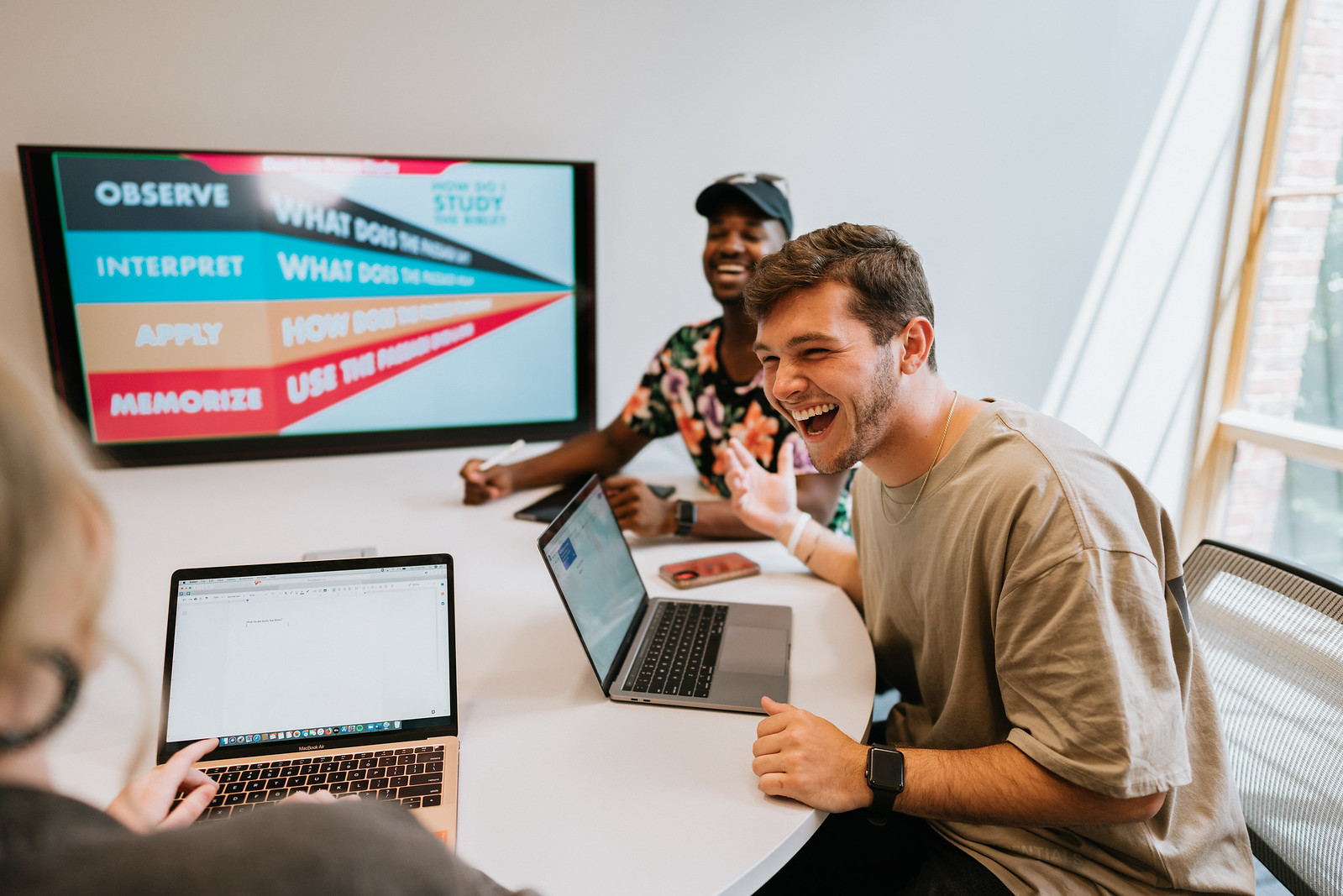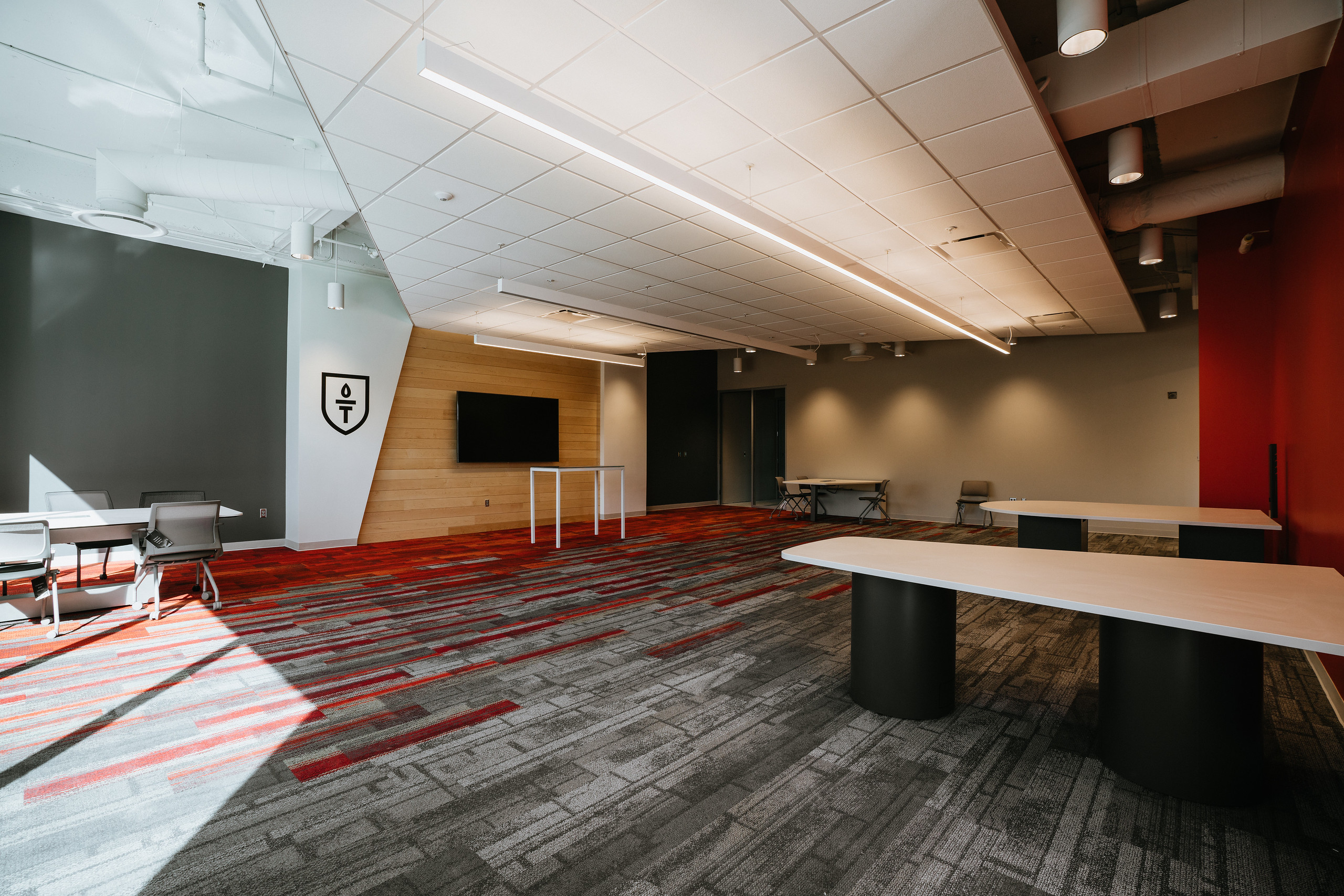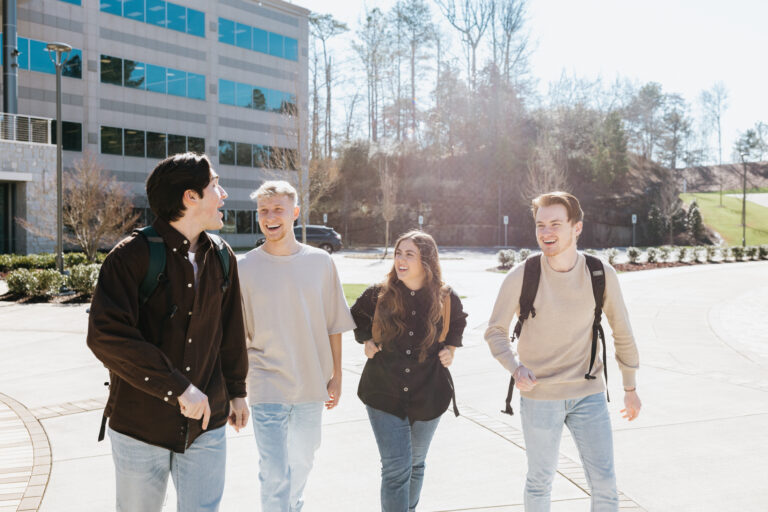There is a new generation on the move. The post-millennial age, known as Generation Z or “Gen Z,” includes those born between 1997 and 2013. This means that most people entering higher education and the labor market right now are included in Gen Z. Every generation has its own personalities, traits, and characteristics, which means higher education must continually adapt to a new generation of students. What worked in the past does not necessarily translate into today’s fast moving information landscape. Dr. Kevin Bussey, an SEU adjunct professor at Highlands College, noticed this new reality that colleges face – specifically in Christian higher education – and decided to take a deeper look.
Dr. Bussey’s observations of student engagement in his Evangelism and Mission class led to his doctoral ministry project on “the flipped classroom model.” His project is the culmination of a year’s worth of thought, research, and planning. Below are his findings on how a new approach to learning could revive a post-Christian society.

The Problem
This generation of students are already self-learners due to easily accessible technology. A significant number of people use Google and YouTube to obtain knowledge, whereas, in the past, students would have needed direct instruction from a field expert. When people take initiative to learn something on their own, they often retain this information better because they have hands-on experience. Younger people heavily rely on technology, not only to stay connected relationally, but also as a way to learn.
Technology is bringing about many changes to society, and colleges need to be at the forefront of this trend. The traditional lecture hall with rows of desks and a professor at the front of the classroom is an outdated model for Gen Z. Students do not take their professors’ word for everything they teach as they did in the past. Pastors and teachers are being fact-checked, in real-time, by young people who have the internet in their hands. Professors can acclimate to today’s standard to make their classes both interesting and inspirational. If business and college leaders do not adapt their methods, they run the risk of being ignored by future generations.
During Dr. Bussey’s study, he discovered that the traditional way of teaching evangelism was not generating the same passion he developed while studying in seminary. The challenge was that in a typical evangelism class, most Generation Z students were not fully engaged.

The Plan
On September 18, 2020, twenty students met Dr. Bussey to participate in two simulated evangelism classes. Before the first class, the students completed a survey to determine what type of classroom setting helped them stay engaged. During the first class, the instructor lectured to the students about six styles of evangelism. The students completed a post-class questionnaire to discover their thoughts on the effectiveness of the class.
Before the second class, the professor asked the students to watch a lecture video that he had recorded. He explained that they typically would watch the video outside of class. After the video, he taught in a flipped classroom environment for the second hour. The students then participated in an active learning environment as the project director showed a short video followed by a brief presentation on how to share the gospel using the Roman Road and the Bridge Illustration. Following the presentation, Dr. Bussey divided the class into groups of three to four. The students spent the next twenty to twenty-five minutes practicing sharing their faith using what they had just learned on the video lecture and the brief presentation.
Dr. Bussey walked around the classroom, adding insights and answering questions for each group. After the students shared their testimony and gospel presentation, Dr. Bussey brought the class back together to debrief concerning what they learned that day. When the class concluded, he asked each student to complete the post-class questionnaire.

The Results
The results of this study were conclusive. The tensions with watching recorded lectures outside of class were far outweighed by the dynamic, in-class format. Students reported that the combination of instruction methods and interactions were both more effective and enjoyable. Citing the group work, one student said, “The discussion was amazing. I’ve never had practice for moments like that.” The students not only enjoyed group discussions with their classmates, but they also liked the more fluid conversations with their professor. These types of discussions happen best when the instructors walk around and offer insights while students are engaged in groups. Overall, insights gained from this study indicated that professors should use a variety of teaching methods to fully engage this new generation of students. Video lectures, specifically, should be used as a part of a balanced instructional approach.

What’s Next
We are currently remodeling the permanent home of Highlands College at our Grandview facility. Our learning studios are being built with the flipped classroom model in mind. Like the study highlighted, an active learning classroom prioritizes interactive techniques that frequently flex between group work, dynamic discussions between professors and students, and peer interactions. We’ve designed and equipped our new classrooms with the technology and layout to support this style of learning.
We know that the best leaders are learners. We want more for our students than just learning how to ace a test. We want to develop passionate, life-long learners who love God’s word and know how to study it, teach it, and live it.

